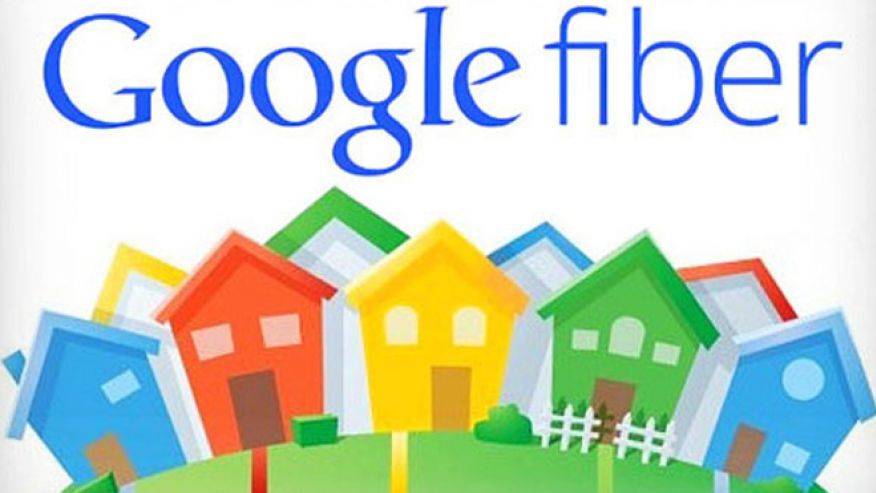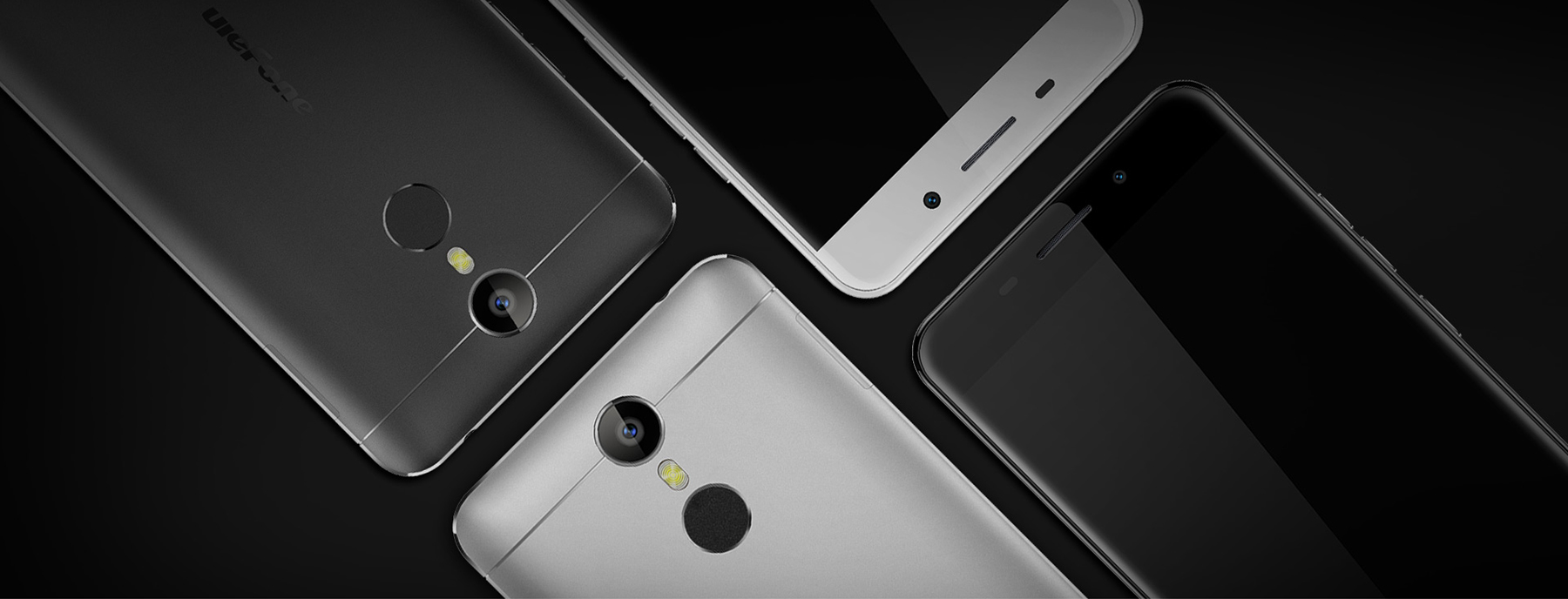Google Fiber is the newest internet providing service from the search engine giant that has already been deployed in certain states in the U.S. including Kansas, Provo and Austin. The tariffs at Google Fiber are pretty affordable as far as we know, but it seems the company isn’t too eager to deploy its services on a wider range, unless states and cities comply with modernizing their infrastructures. Even though the service is still rather new, there is enormous interest towards it, mostly because it’s offered by an already uber-famous company and because of its competitive pricing. The Gigabit internet Google Fiber offers is available for around $100 per month, depending on region and services, which is a good bargain compared to other internet providers.
Now Google Fiber as a service has promised expansion throughout the United States, but according to the company, that won’t be possible unless states, cities and home-owners don’t modernize infrastructure. By infrastructure, Google Fiber VP of Access Services Milo Medin means that the procedures through which internet providers can actually deploy their services in certain states and cities should be made easier than it is now. The sheer amount of bureaucracy a company has to go through in order to make their services available in certain regions is cumbersome and makes providers like Google Fiber think twice before attempting to battle their services through.
One of the things Medin mentioned earlier is that towns need to be able to provide the company with detailed plans about their general infrastructure, without which Google Fiber cannot plan the layout of its cable-work and networks. This seems like a reasonable request, in my mind, although city officials might not agree with that in some areas of the U.S. In some regions, telephone companies refuse to let Google access their phone infrastructure, which is needed in order to make Google Fiber as widely available and easy to install as possible. If cities and towns do not upgrade their approach towards modern technology and broadband, Google Fiber seems to not be interested.
From the statements given by Medin, it turns out that even though Google Fiber is rather easy to install and popularize, not to mention being a good source for internet, we can understand that Google is not very eager on jumping hoops. The company is right about certain regions within the U.S. needing to upgrade their policies as well as procedures and bureaucracy, but how does this affect the end user? Well, for once, you won’t be getting Google Fiber anytime soon if your city still relies on a fax machine. Even though the fax machine has long become an unnecessary piece of bulky hardware, it seems certain government offices and agency offices still require companies to fax them information, instead of using the good ‘ol internet. Another scenario would be much more easy to bypass by the end user. If a landlord whose apartment your rent or own within a building doesn’t want Google Fiber, you’re not going to get Google Fiber without their approval, so you might want to consider moving on. Although instances where home-owners would reject advanced technology are fairly rare, there are some people who are grounded in values that are no longer valid in the modern world. Still, Google Fiber is expanding anyway, where it can.
 Tech Gadget Central Latest Tech News and Reviews
Tech Gadget Central Latest Tech News and Reviews




